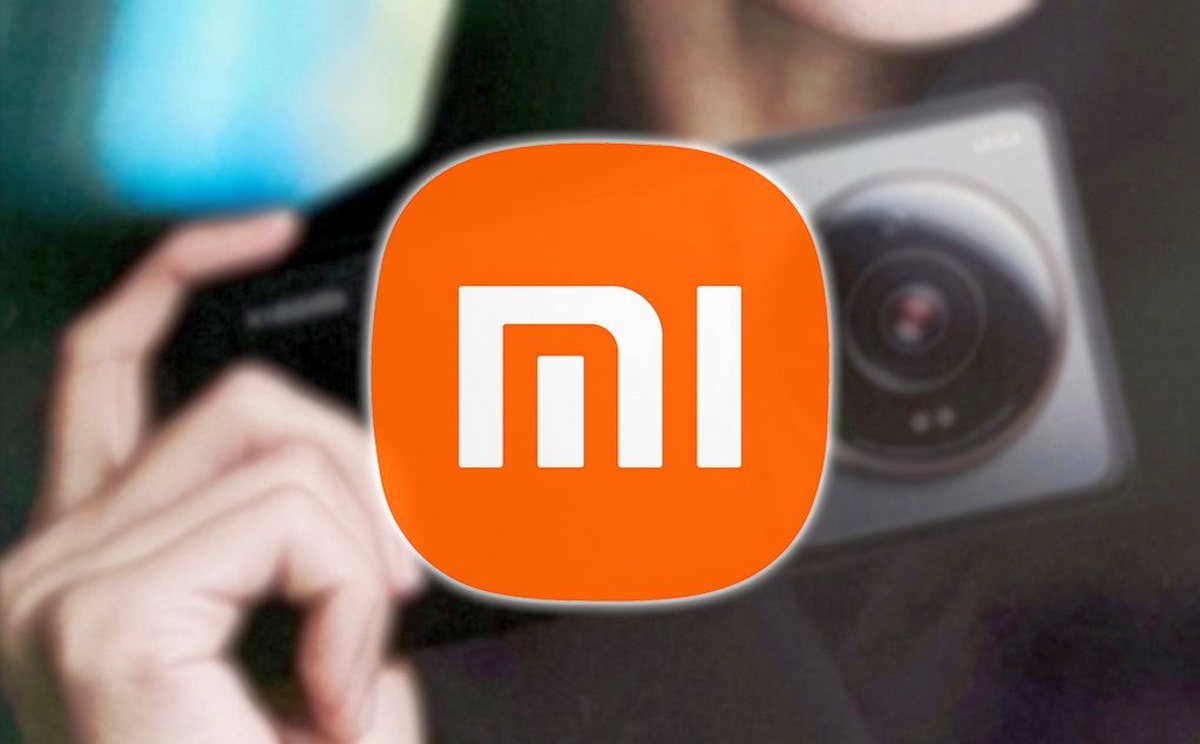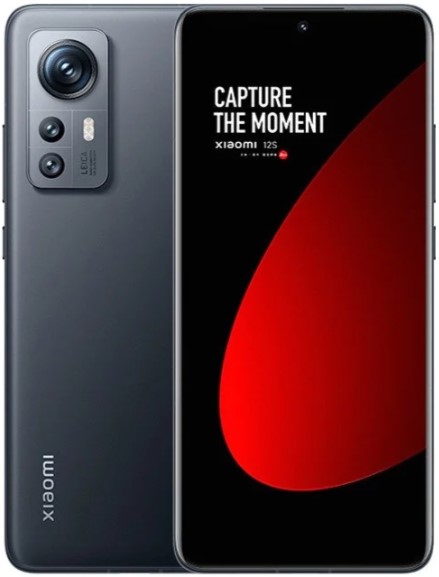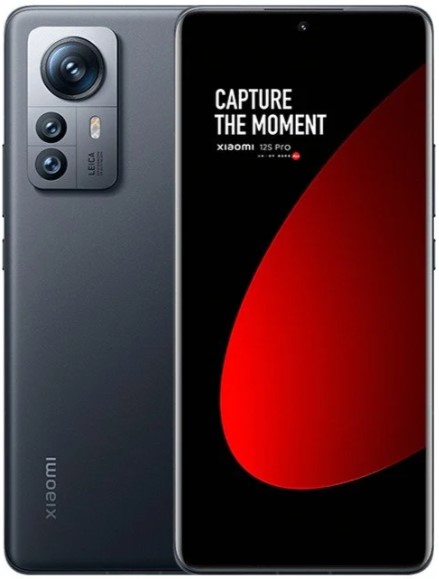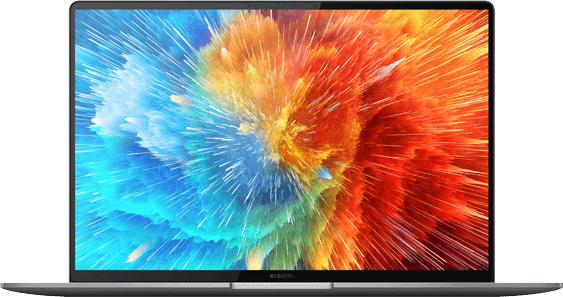Hot news from Xiaomi: Band 7 Pro fitness tracker, Home Wi-Fi MESH system, 12S generation smartphones and Book Pro laptops

You can meet all the debutants from Xiaomi in the selected list of new products. In the material, they are arranged according to the approximate increase in cost - from a lower price tag to a larger one.

Xiaomi Band 7 Pro is a cross between a fitness tracker and a smartwatch. The wearable gadget acquired a rectangular display shape, acquired geopositioning modules and an NFC chip in a standard configuration.
The dial of the device is represented by a 1.64-inch diagonal AMOLED panel with a picture resolution of 456x280 pixels. The display supports the Always On function, 2.5D glass is installed on top of it. Two hundred different styles of dial design are kindly provided at the user's disposal.
In terms of activity tracking, Xiaomi Band 7 Pro has 117 sports training modes. Thanks to the satellite navigation system with support for GPS, GLONASS, Galileo, Beidou and QZSS, you can now track your workouts without pairing with a smartphone. The model also registers the number of contractions of the heart muscle, monitors the quality of sleep, keeps the body's stress level under control, and determines the degree of blood oxygen saturation.
The built-in rechargeable battery with a capacity of 235 mAh is responsible for autonomous power supply of the fitness tracker. The device will work up to 12 days in normal use and about 6 days in intensive mode with active training. A separate line in the characteristics of the model is an NFC chip for integration into contactless payment systems.

| Touch | 10 649 ₴ | To Store |
| iTMag.ua | 9 999 ₴ | To Store |
| iphonesale.com.ua | 9 999 ₴ | To Store |
| Rozetka.ua | 11 872 ₴ | To Store |
| Rozetka.ua | 13 999 ₴ | To Store |
Xiaomi has rolled out the Home Wi-Fi MESH system to cover a large “square area” with wireless Internet. The two devices in the kit are designed to cover an area of up to 350 m² and support up to 600 clients.
The system broadcasts simultaneously in three bands: 2.4 GHz, 5.2 GHz and 5.8 GHz. Tri-band transmission provides higher speed performance of wireless Internet. MESH technology is responsible for amplifying the signal in those areas where it weakly finishes. The additional assets of the model include support for Beamforming and MU-MIMO technologies to improve coverage quality.
The router supports dual 8 data streams with a total bandwidth of up to 11700Mbps. The network interfaces of the device are represented by one 2.5 Gbps port and two gigabit connection ports. Any of the system's LAN ports can be used as a WAN to connect to the Internet.
Inside the Xiaomi Home Wi-Fi, a Qualcomm IPQ5018 dual-core processor is installed, backed by a neural co-processor to increase performance. RAM in the model has 512 MB. In addition, each mod of the system has an NFC chip for quick pairing of smartphones. Bluetooth Mesh support is also announced for the device - the technology allows you to connect door locks, temperature sensors and other wireless devices from the smart home ecosystem to the network.

The continuation of the cult series of flagships from Xiaomi was marked by the announcement of the 12S model. It is like two drops of water similar to the original Xiaomi 12, but the devil, as you know, is in the details.
The visible difference between the model and the previous generation smartphone is the Leica inscription on the plate with a triple main camera. Yes, yes, the engineers of the eminent German manufacturer of photographic equipment had a hand in the development of the camera. The smartphone was equipped with a 50 MP Sony IMX707 flagship sensor with optical image stabilization, 13 MP ultra-wide and 50 MP telephoto. Selfie frames the device clicks on the 32 MP front camera lens in the island hole of the screen.
The second innovation in the design of the device is the use of a more powerful Snapdragon 8+ Gen 1 chipset. It is a little more powerful than the usual "eight" and not so hot under heavy loads. In this configuration, the smartphone is equipped with 8 GB of LPDDR5 RAM and a built-in storage of 256 GB without the possibility of expanding capacity. As part of the AnTuTu synthetic test, the “iron” component of the device calmly beats out over 1 million points.
The Xiaomi 12S display measures 6.28 inches diagonally and is based on an AMOLED panel with a refresh rate of 120Hz. It also has a built-in fingerprint scanner to unlock the smartphone by fingerprint. The battery of the model is not the most capacious (4500 mAh), however, it supports 67 W fast wired charging (up to 50% in 15 minutes), accelerated wireless charging procedure (50 W) and wireless reverse charging of accessories (10 W). The Wi-Fi 6E adapter provides fast Internet to the smartphone, and in mobile access networks the device supports the 5G communication standard.

With the advent of the “S” index, the Xiaomi 12 Pro photo flagship shone with new colors. And although outwardly the new modification is almost indistinguishable from the original, there are still qualitative improvements in it.
The key innovation in the model was the Snapdragon 8+ Gen 1 mobile processor, which confidently turns over any tasks that come up and pulls “gluttonous” games at maximum graphics settings. The chipset is accompanied by 8/256 GB of memory. But the design of the device does not provide for an expansion slot for a microSD card, so it is necessary to select a smartphone according to the amount of memory wisely and prioritize.
The smartphone camera was inherited from its predecessor. This is a trio of 50MP sensors with 35mm, 50mm and 90mm equivalent focal lengths. The main module in the appendage has an image stabilization system. A new word in the rear camera - a special mode that simulates shooting from Leica cameras, and the classic shutter sound. The 32 MP selfie lens is located in the island hole of the smartphone screen.
The front panel of the mobile device case is occupied by a 10-bit AMOLED matrix of 3200x1440 pixels with LTPO 2.0 technology. It is able to dynamically adjust the refresh rate from 1 to 120 Hz and has a peak brightness threshold of 1500 nits. A microlens is installed on top of each sub-pixel in the panel, reducing the power consumption of the display by approximately 9%. There is also a fingerprint scanner on the screen.
From zero to 100%, the smartphone's 4600 mAh battery is charged in just 18 minutes. Such a fast rate of replenishment of energy reserves over the wire is achieved by 120-watt charging power. In wireless mode, charging is performed at a power of 50 watts. Plus, the smartphone can share stored energy wirelessly with compatible accessories in the manner of TWS headphones. Well, where without a proprietary infrared port, which complements the presence of Wi-Fi 6E and Bluetooth v 5.2 modules on board the device. In another version, Xiaomi 12S Pro can be presented on the shelves of electronics stores with a MediaTek Dimensity 9000 processor.

With a smartphone like this, you don't even need a camera! Xiaomi 12S Ultra in one fell swoop sends almost the entire guard of digital compacts to the dustbin of history. And that's why.
As a background, it is necessary to mention Xiaomi's fresh partnership with the German manufacturer of photographic equipment Leica. We talked in more detail about such cooperations in the material"Collaborations of well-known smartphone manufacturers and giants of the photo industry". So, with the support of Leica, the newly minted flagship Xiaomi 12S Ultra got hold of a top-end main camera with an inch Sony IMX989 image sensor at 50.3 MP as the leader. It also implements a highly effective HyperOIS optical image stabilization system. Sensors of similar physical dimensions are widely used in the family of compact cameras with non-replaceable lenses.
Filming video on the main module of the rear camera of a mobile device is allowed in Dolby Vision HD format with a resolution of 8K. On one huge protruding die with a leading image sensor, a 48 MP ultra-wide and a 48 MP telephoto with a fivefold optical zoom found shelter. Visually, the main camera is framed for a large round lens. The rest of the surface of the “back” of the device is covered with leather trim.
On other fronts, Xiaomi 12S Ultra also holds its own. The smartphone was equipped with a large screen of 6.73 inches diagonally based on an AMOLED panel with LTPO 2.0 technology. The display of the model is characterized by a resolution of the broadcast image of 3200x1440 pixels and an adaptive refresh rate from 1 to 120 Hz. A fingerprint scanner is built directly into the screen.
The hardware platform of the smartphone is based on the flagship mobile Snapdragon 8+ Gen 1 chipset, coupled with 8/256 GB of onboard memory. The cooling system of the "insides" of the device imitates the veins on the leaves for better heat dissipation. In addition, the model has acquired a fast charging function for a 4680 mAh battery (67 W via wire and 50 W via wireless technology), Harman Kardon stereo speakers, Wi-Fi6E and Bluetooth v 5.2 adapters, IP68 dust and water protection. Finally, to optimize battery performance and extend its life, two custom processors Surge G1 and Surge P1 are introduced into the design of the smartphone.

Xiaomi's response to the well-known Apple products was the Book Pro 16 line of laptops. The models delegated from it are equipped with top-end screens, powerful hardware with 12th generation Intel Core P series processors, have compact dimensions (14.9 mm in thickness) and light weight (about 1.5 kg).
The technological feature of the portable computers of the series is a 16-inch OLED screen with bright and rich color reproduction, 4K resolution of the broadcast image, 100% coverage of the DCI-P3 gamut and support for Dolby Vision. Moreover, the display of laptops is touch-sensitive with recognition of up to 10 simultaneous touches. The OLED panel is certified by TÜV Rheinland for low blue light emissions for safety when sitting in front of a screen for long periods of time.
The laptops of the line are equipped with a light sensor Light Sensor, which automatically adjusts the brightness of the screen and keyboard depending on the ambient light. The touchpad with a glass surface is complemented by a built-in vibration motor for reverse tactile feedback. The series devices are led by the 12th generation Intel Core i5 and i7 processors, certified under the Intel Evo platform programme.
Versions of laptops on i5 processors come with integrated graphics, and i7 versions come with a discrete GeForce RTX 2050 graphics card. Xiaomi Book Pro 16 laptops have 16 GB of LPDDR5 RAM and 512 GB of internal PCIe 4.0 memory. From the built-in battery with a capacity of 70 Wh, portable computers of the line work offline for up to 12 hours. At the same time, 100-watt battery charging is supported through the contact group of the USB-C connector. In parallel, Xiaomi has a sub-series of 14-inch Book Pro 14 laptops in its portfolio. Their characteristics are similar, except for a screen resolution of 2.8K.
Articles, reviews, useful tips
All materials






































































